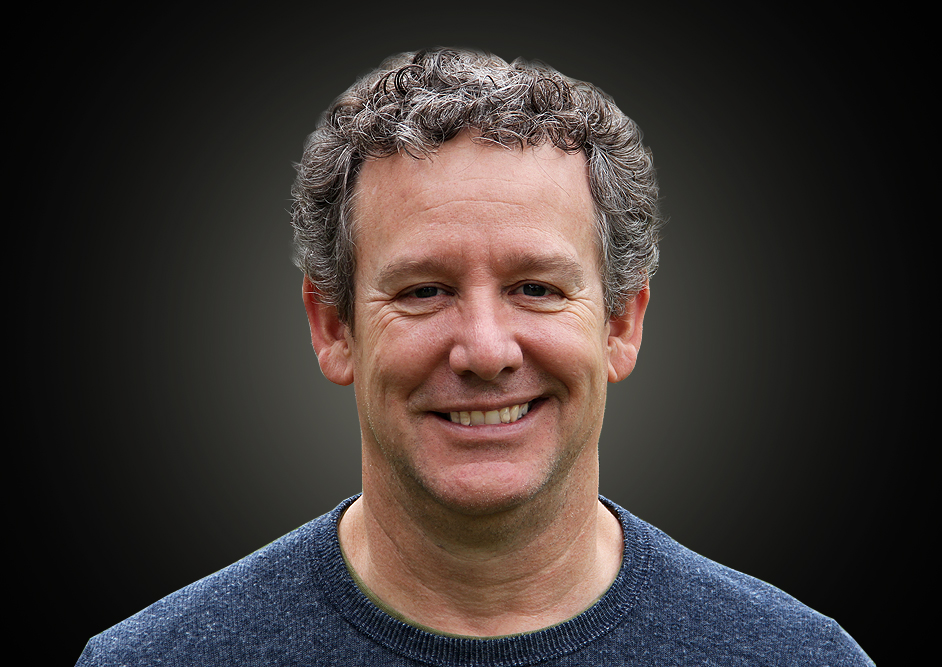Closing the Gap: From Wantrepreneur to High-Growth Founder
Nov 10, 2025

By Chris Heivly, Managing Director at Build The Fort and Startup Community EIR @ Techstars
There’s a classic image I often refer to and discuss in my latest "Build The Fort" book when talking about entrepreneurship: the iceberg. Above the surface, you see the known founders — those with companies, traction, and maybe even some funding. But beneath the waterline lies a massive, usually invisible group: the wantrepreneurs. These are folks who daydream about launching a startup, tinker on ideas after hours, or quietly sketch out product models on the back of a napkin. And they’re everywhere. And they are in your city today.
My unscientific — but well-researched — thesis is this: roughly 0.5% +/- of any regional population has the potential, and the interest, to become a high-growth entrepreneur. I always ask that question from my speaking stage and the answer is always 95+%. They’re not lacking talent or ambition. More often, they just need the right visible door at the right time.
Which brings me to this: the primary — and I’d argue “always-on” — responsibility of entrepreneurial support organizations (ESOs) is to close the gap between those wantrepreneurs and the founders who go all in.
Too often, our startup programs are built for the visible few — those already in motion. I get it. They are known and it is easier to create support programs for those we can see and touch. Incubators, accelerators, venture pitch nights — they’re fantastic, but they mostly serve the tip of the iceberg. What about the massive potential sitting just under the surface?
Recently, while speaking at the Prairie Capital Summit in Fargo, North Dakota, I put this theory into practice. With a metro area population of 250,000, I challenged the community to shoot for 1,500 high-growth entrepreneurs. That might sound ambitious, but at 0.5%, it’s entirely within reach.
To get there, we need to change our mindset from optimizing for the few to building and sustaining always-on programs of “top-of-funnel” support. That means:
Accessibility not Exclusivity: Making sure new or would-be founders can easily connect with experienced ones, without gatekeepers or exclusive circles.
Startup Storytelling: Regularly sharing real startup stories — not just raising capital wins or even exits, but classic “how did I get started” stories — the ones that make entrepreneurship feel relatable and achievable.
Idea Support Programs: Low-barrier offerings like Startup Weekends, 1-hour idea clinics, or meet a recent founder coffee chats that serve as safe entry points.
We need to design our ecosystems to invite more people into the game — not just reward those already playing.
The next great founder in your city? They’re likely stuck in their day job, unsure where to begin, and waiting for a spark. So if you’re an ecosystem builder, don’t just polish what’s already shiny. Start thinking about how to operate below the surface. That’s where your next unicorn lies.
Learn more about Techstars Startup Community partnerships, a new way for you to build your thriving startup community as a member of the Techstars network.
About the Author

Chris Heivly
Chris is one of the nation’s leading experts on launching startups and has been dubbed the “Startup Whisperer.” He co-founded MapQuest, is an angel investor, ran a corporate venture fund and 2 micro venture funds (directed over $75M), and was most recently SVP Innovation with Techstars. Chris just released his new book, The Startup Community Builder’s Field Guide for founders, investors and economic development leaders to better accelerate their ecosystem.
